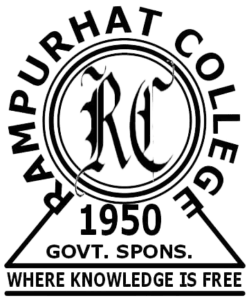
Dr. Md. Munir Hayet Khan : IAGR Conference
Short-bio
Dr. Md. Munir Hayet Khan is an esteemed Associate Professor at INTI International University, Nilai, Malaysia, where he has been a pivotal figure since 2013. With over two decades of extensive experience in civil and environmental engineering, Dr. Munir has established himself as a proactive academician, researcher and Environmental Impact Assessment (EIA) consultant. Dr. Munir’s academic journey began with a Bachelor’s degree in Civil Engineering from Khulna University of Engineering & Technology (KUET), Bangladesh, followed by a Master’s degree in Environmental Engineering from Universiti Putra Malaysia (UPM), where he graduated with a stellar CGPA of 3.87 out of 4.00. He completed his PhD in Civil & Structural Engineering from Universiti Kebangsaan Malaysia (UKM) in 2019.
Dr. Munir’s teaching repertoire spans a wide array of subjects including Environmental Engineering, Water Engineering, Engineering Hydrology, Soil Mechanics & Geotechnical Engineering, and Project Management. His dedication to education extends beyond the classroom as he has supervised numerous final year projects and postgraduate theses, contributing significantly to the academic growth of his students. As a researcher, Dr. Munir has an impressive portfolio of publications in high-impact journals. His work on machine learning models for drought and groundwater level forecasting, spatiotemporal changes in precipitation, and the environmental impact of offshore decommissioning of oil and gas pipelines is widely recognized. He has also been invited as a keynote speaker at international conferences and universities, underscoring his reputation as a thought leader in civil and environmental engineering. Dr. Munir’s commitment to advancing the field of engineering through education, research, and consultancy makes him a distinguished figure in the academic and professional communities.
Title of Talk: Air Quality Modelling
Abstract
This guest lecture delves into the principles and applications of air quality modeling, focusing on various model types such as Gaussian, Lagrangian, and Eulerian, as well as the transport and fate of atmospheric pollutants. The discussion will cover regulatory-approved models like AERMOD, widely used in air quality assessments, and the critical factors for model selection, including meteorological data, local terrain, and dispersion options. Key topics include emission rate estimation from industrial activities, the role of meteorological preprocessing through tools like AERMET, and the assessment of air pollution impacts (PM10, PM2.5, NO2, SO2, and CO) on sensitive receptors. The lecture will highlight control measures, such as dust suppression and fugitive emission controls, and review real-world examples using AERMOD to predict pollutant concentrations. This session emphasizes the importance of accurate data processing and mitigation strategies for managing air pollution and ensuring regulatory compliance.
Keywords: Air Quality Modeling, AERMOD, Emission Control, Meteorological Data Processing



